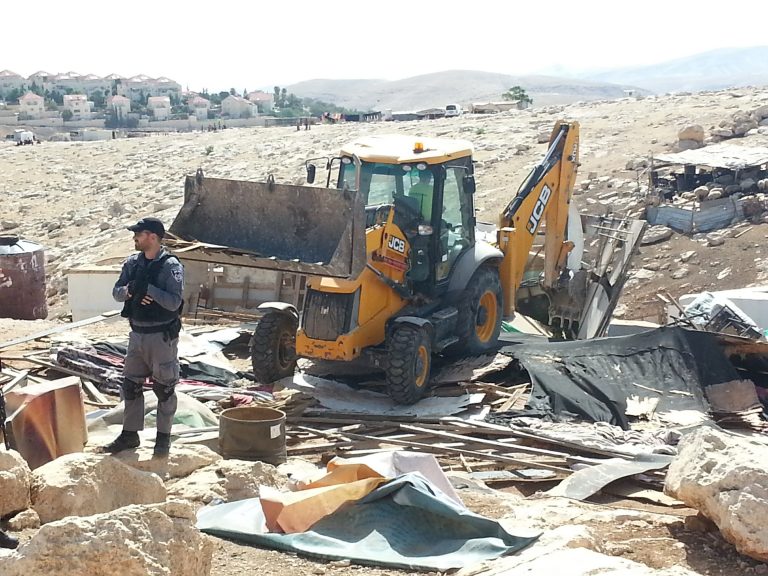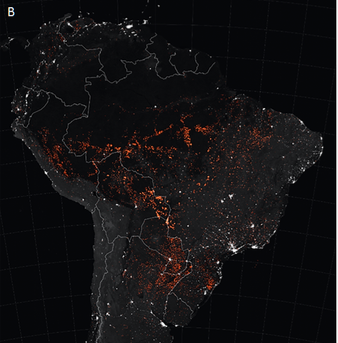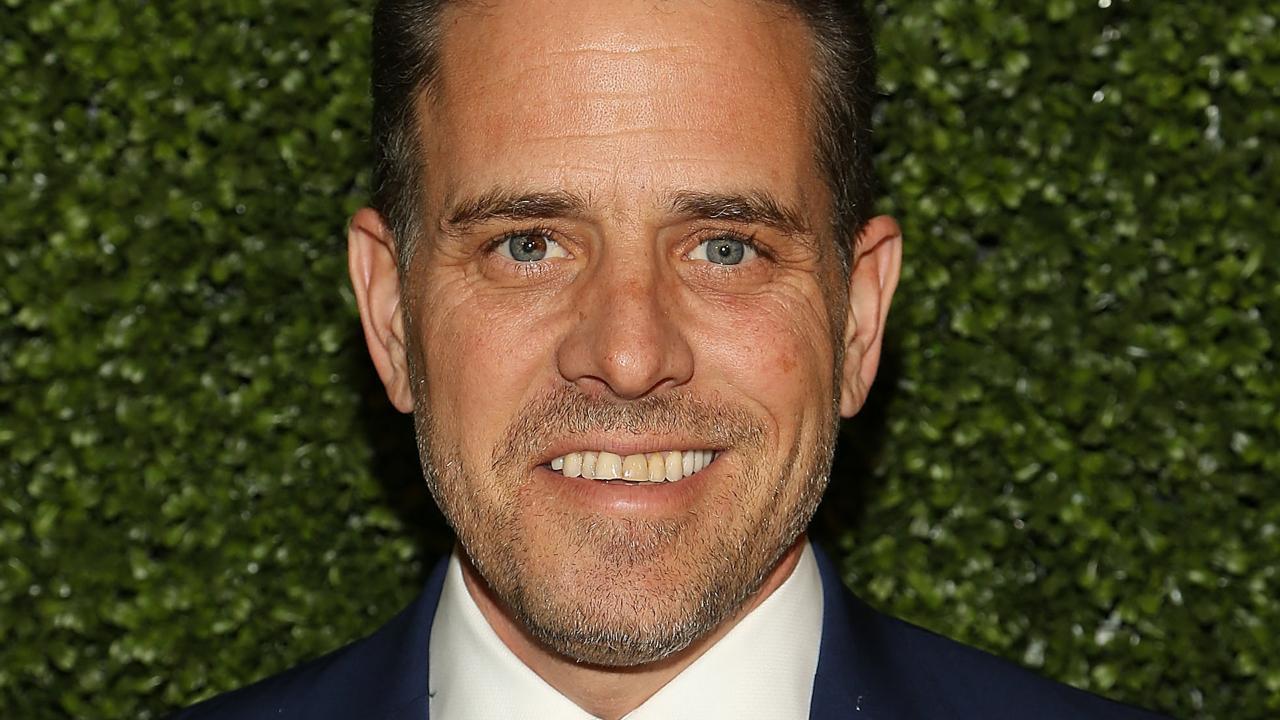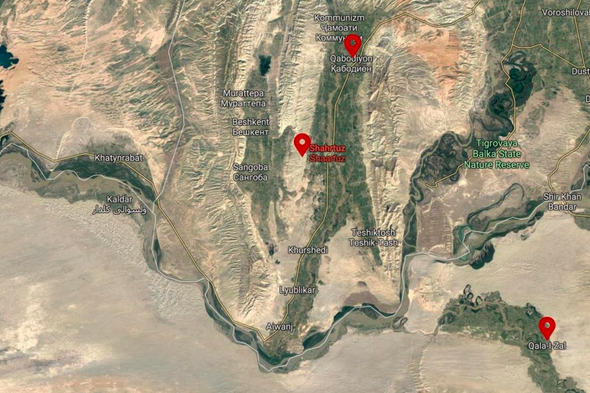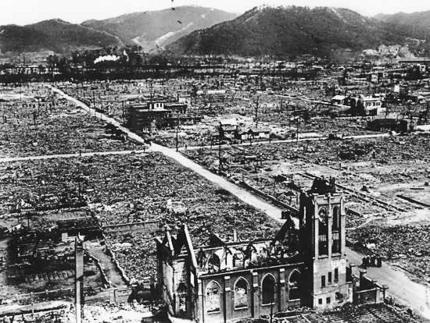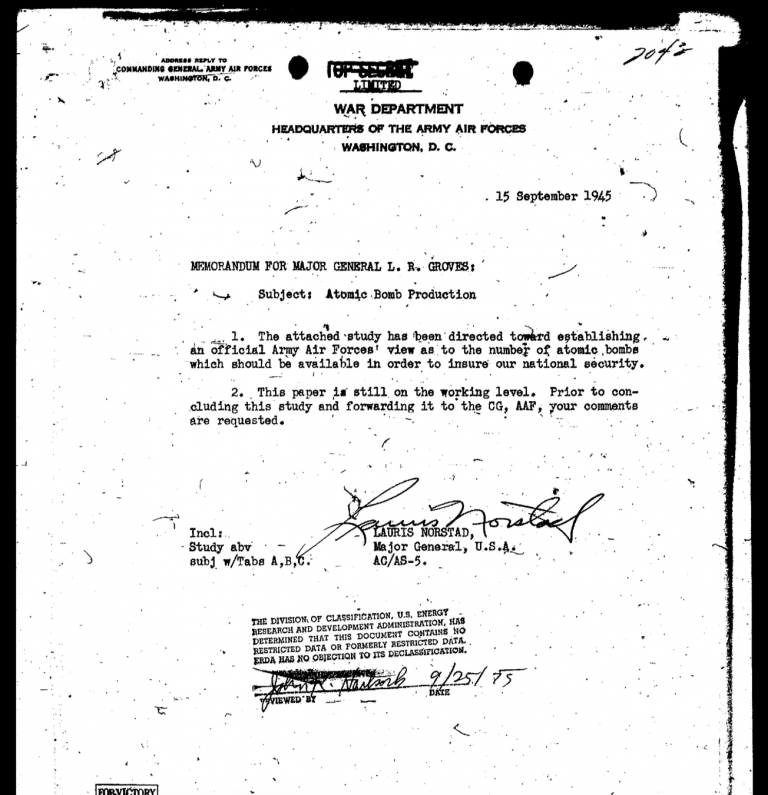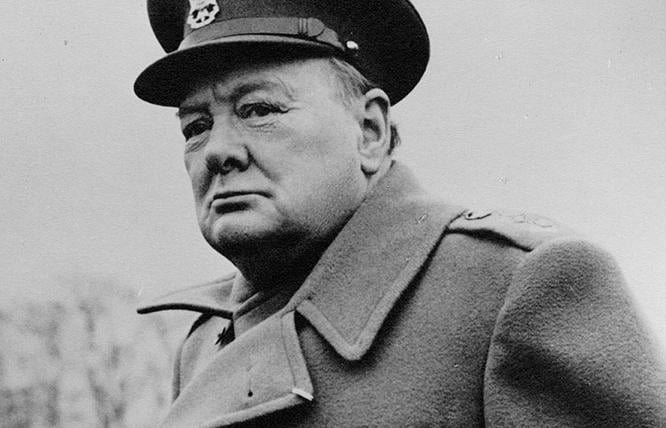The response to the increasing awareness of the threat of continuing a fossil-fuel driven growth and consumption economic model is a ruthless effort to block out serious reporting on climate change in the media and to downplay is seriousness in education and in the policy debate.
It is inspiring to see youth take leadership roles in the struggle to address climate change, but we have not even started to transform our economy, let alone our civilization.
Sadly, even the most committed climate activists, even those willing to risk prison time, or bodily injury, still find themselves washing with warm water heated by coal or natural gas, eating vegetables that were shipped on diesel-powered cargo ships, transported on trucks powered by diesel fuel, and wrapped in plastics derived from petroleum.
The components in the computers and cell phones that activists use to coordinate their protests, or to write articles about climate change, were produced using coal and other noxious chemicals at factories in India, China or Thailand. The electricity that powers the internet connecting them with fellow activists is equally unclean.
For that matter, the academics who conduct research on the climate change’s impact on our future have their retirement funds tied up in the stocks of companies with direct, or indirect, ties to fossil fuel profits (links that are often not disclosed).
We face the contradiction, of using disposable felt pens made of plastic in factories powered by coal in Malaysia, and transported by petroleum-fueled trucks and airplanes, to write protest signs condemning the fossil fuel industry.
Protest draw attention to hidden truths, but when the marches are over, we return home to a nightmare world that offers no escape from the fossil fuels. We have the choice to eat meat, or not, but there is no option to reject this industrial economy run in accord with the bankrupt ideology of consumption and growth.
But if there were a choice, even if the scale was small at the beginning, the nature of the protest could be expanded so that all our actions, 24 hours a day, 365 days a year, became a part of it.
If citizens of the Earth had the opportunity to be a member of an economic system that had absolutely no ties to fossil fuels, or to the money generated by them, then every single action of ethical citizens, from brushing their teeth in the morning to turning out the light in bed at night, would be a form of protest.
Such communities would open the gate to an alternative economy, as opposed to a bit of greenery in the middle of an extractive and predatory economic order.
The next step of our protest must be the creation of local communities, linked together as part of global networks, whose economies are in word and deed 100% fossil-fuel free (FFF). Creating such economic, social and political units at the local level, even if they can only support 100 people, or 500 people at first, will offer the public a viable alternative. Those fossil-fuel free FFF communities will make it possible for those with a deep ethical sense to fully commit to a fossil fuel free Earth in word and in deed—not just “recycling” plastic at the supermarket, but never touching plastic again.
Moreover, the first steps towards FFF (fossil fuel free) communities can be taken immediately. There is no need to wait for some cynical politician to implement a carbon-neutral economy twenty or thirty years in the future.
Creating FFF Communities
Creating FFF (fossil fuel free) communities will require considerable bravery and sacrifice at first, and the number willing to commit will be limited. But we have that critical mass already. Remember, because 100% FFF (fossil-fuel free) communities will not be dependent for food, for energy or for finance on corporations, or banks tied to fossil fuels in any way, they will be able to speak freely in a manner that communities cannot today. Their power will be far greater than their initial scale would suggest.
Such will be a model for other communities around the world, and they will produce journalism and educational systems that others cannot because their dependency on funding linked to fossil fuels compromises their efforts from the start.
It will not be long before small-scale FFF communities will become powerful economic and political players capable of taking on multinational investment banks and oil companies and can offer a vision for an immediate and unconditional end to the use of fossil fuels-rather of a vague and open-ended plan to phase out fossil fuels in a manner that does not impact profits.
Scientific data shows that the date given in reports of governments and corporations of 2050 for the creation of a carbon-neutral economy is laughably late. Many experts write that we have only a matter of years, or months, to avoid a scenario in which billions of humans (and other species) will die, whether from floods and storms, from rising seas, spreading deserts, from starvation, and unbearable heat, or from hybrid wars waged for control of remaining scarce resources.
Although the main-stream media covers protests and declarations by governments of a climate emergency, there has been zero change for the majority. You may see a solar panel go up on an occasional house, but there are few laws even being considered (let alone being enforced) that require all food be locally and organically produced, all buildings be fully insulated and equipped with solar and wind power, and all transportation to powered by 100% renewable energy.
We must gather together a small group of people who will pledge to support the community, and each other, for the long term, and to rely for their needs exclusively on the FFF products produced by the community at the local level (until 100% FFF transportation systems are established). If we have activists who are willing to be arrested, we can find among them those who are willing to make a commitment to a FFF community.
Such a commitment must be a serious one. There must be a binding contract that commits new members to the community and commits the community to those members. FFF communities cannot operate in accord with the superficial culture of consumption, distraction and short-term thinking that got us in this trouble in the first place.
Perhaps new members of the community will commit their assets to the FFF community in return for a commitment from the community to care for them for a lifetime. Or some other form of deep social and ethical commitment is possible.
The fossil-fuel free community will provide a model, first on a small scale, for what human society could be if we embrace a consistently sustainable approach. We have few models now—and that is no accident.
The core of the economy of the FFF community will be organic farms that produce 100% organic food and transport it without the use of fossil fuels. At the beginning, citizens of the communities will encounter a significant drop in the diversity of their diet, but through their efforts and sacrifices, they will lay the foundations for a truly fossil fuel free economy. The food will be grown at home, on roofs and in empty lots in the neighborhood, or be brought in from local farms.
A revolution in thinking is essential: we must recognize that working together with neighbors to create a society free of fossil fuels is at least as important as writing articles for newspapers, lobbying the rich and powerful or giving (fossil-fuel tainted) money to environmental NGOs. The struggle to create a community free of fossil fuels in the full sense (no plastics, no products produced using fossil fuels, no products transported using fossil fuels) can be the defining effort for those who are involved.
Food should be sold (or exchanged through barter) in communal markets that encourage collaboration between farmer and citizen (rather than a transaction between a corporation and consumer). Those markets can serve as the foundation for new patterns of economic exchange entirely detached from fossil fuels and they can be expanded across the region, and then around the world. There is nothing radical about such organic farming communities. They are how humans managed to survive for thousands of years without destroying the climate.
We can find models in the communities of the Amish and the Mennonites. Although we grew up considering these groups who far, without machinery or artificial fertilizers as odd, they alone have pursued a sustainable economy while the rest of the United States embraced an insane system of industrialized agricultural production tied to global trade.
Organic farming for the immediate community will provide youth real jobs in agriculture and distribution that will be both paid and morally dignified. The ability to create food which is not contributing to the destruction of our Earth is a moral action that can inspire many to join in the effort.
The creation of fossil-fuel free (FFF) transportation for food and other goods is the other critical condition for such communities. Our citizens must understand that vowing to use only FFF transportation offered, even if it is profoundly limited at first, must not be viewed as unpleasant inconvenience, but rather as a pledge of moral bravery. We cannot wait for politicians to provide such “clean” energy (as politicians are easily persuaded to consider natural gas, electricity and even nuclear power to be clean).
Another critical part of the FFF community will be manufacturing. We must completely rethink manufacturing: the production of, and the use of, the necessary items for life. We must ask first how we will produce all the items we use without ever employing fossil fuels or plastic. At the same time, we must definitively end the promotion of, and consumption of, frivolous and status-related products.
Manufacturing for the FFF community should start out 100% local (until we have 100% FFF transportation we can use to link communities in the region, and across the world).
Eliminating fossil fuels means that we must cut back on how we use daily and we must manufacture items that will last for a long time. We need desks and chairs, bookshelves and chopping boards, shirts and sweaters, cups and pots that will last for 20-50 years, or longer. That shift in our economy means both an end to a commercial, consumption-driven culture and a focus on well-made products that are built to last, and that are valued for what they are, not what images they are associated with. No IKEA or GAP will be found in FFF communities.
The production and the distribution of 100% fossil fuel free products will create long-term jobs for our children and for our neighbors’ children. Manufacturing must be local and the return of crafts that produce durable goods will contribute much to our environment. We must move away from the dangerous concepts of competitiveness, free trade and industrialization. The misguided concept of growth must go also.
Changing culture, concepts, and attitudes
Fossil-Fuel Free Communities must be free of fossil fuel propaganda and the ideological assumptions planted by corporations that we cannot live meaningful lives without consuming large amounts of energy, seen or unseen. The response to climate change starts with an attitudinal revolution, not with progressive innovations in technology and governance. The FFF community must be a space wherein such a cultural transformation can take place without commercials that promote automobiles and the thoughtless consumption of food.
Not only must all citizens comprehend that climate change is an immediate and overwhelming threat in the community, we must create a culture wherein the practices required to respond, whether shoveling mulch, recycling glass and scrap metal, collecting human feces for use as fertilizer transporting food by cart, or generating electricity on an exercise bike (which is also good exercise) are perceived as an ethical imperative, as the valuable contribution to society. The cult of the self and immediate gratification promoted by a commercialized economy must be replaced by a culture based on moral philosophy, frugality, humility and the simple virtue of participation in society.
This shift is not entirely “progressive.” In a sense it is also a return to conservative values like modesty, frugality, and the importance of intellectual and spiritual engagement. The larger these communities become the more powerful will be this alternative to the commercial culture that dominates globally. We must unmask the false assumptions promoted by the insidious ideology of modernity that the human condition is improved by electrification, consumption, a vast increase in possessions, urbanization and transportation via private automobiles and airplanes. Unless we challenge the larger ideological framework, we cannot bring about the fundamental shift we require for survival.
Going green must not be limited to cosmetic changes in an economy that is based on the consumption of goods and services and that is rooted in the production and distribution of those fossil fuels.
We must make visible the hidden hierarchy behind the myth of modernity, one that is hammered home for all citizens in the movies (and in the commercials that come before and after them) and in news reports that we watch. The insidious assumption is that those who employ I Phones and who work multinational corporations, those who are shuttled around from capital to capital around the world in expensive automobiles, or luxurious planes, those who live in spacious homes and eat fine meals, are somehow doing more important work than those who transport goods, who clean our public spaces, who grow our food and cook our meals.
The criminal waste of resources, the pollution of our environment by fossil fuels and the concentration of wealth in a tiny handful of people is presented in the commercial media as a moral good.
The FFF community also must undertake a complete reform of the misleading concepts of real estate, private property and ownership that have done so much damage. Our society is controlled by contract law and corporate law which citizens are made completely ignorant of by the media. But we have no binding contracts between members of our community to help each other, or to preserve the ecosystem. The FFF community will be the complete opposite.
A pledge of loyalty by those joining the FFF community to end their ties to fossil fuels should be central to membership. We need the equivalent of a village contract, once central to agricultural communities in Europe, Asia, the Americas before the promulgation of the concept of real estate and the concentration of capital in the hands of the few. Such a village contract should spell out in a binding, rather than symbolic, the manner the responsibilities that each individual has to contribute to the production of food, tools, furniture, transportation and governance, and the commitment of the community to provide for the members of the community for a lifetime.
Reviving the Constitution of the Iroquois Nations, which made the relationship of human settlements with the environment central to governance, can be help us to overcome the legal distortions born of a focus on finance, property rights and real estate.
Currently, it is perfectly acceptable for progressives to participate in protests about climate change while investing their assets in companies making profits related to fossil fuels. We must demand zero tolerance and make sure all investment is tied of the community’s activities and tied to the creation of a FFF economy.
Membership in a fossil-fuel free community must be open to everyone and not segregated in accord with assets, level of education or cultural sensitivities. We must abandon the delusion that somehow a green economy focused on the upper middle class, those who can afford Teslas or big layouts for solar panels, will save humanity. Everyone should have access to information about the climate crisis as part of their education and of the media which surrounds them.
It is as critical that we explain the climate crisis to the poor and to the working class in terms that they can understand and to make a commitment to help them obtain quality educations, and economic opportunities, in return for their participation in the response. Addressing climate change by gala dinners, handouts from billionaires, and other stunts cannot effect a transformation of our society.
The establishment of our own FFF currency can be immensely helpful in this process. Our currency will represent the contribution of the individual to society and be backed by agricultural products, and other manufactured goods, produced in the community. That currency, even if extremely limited in its use at first, will have tremendous value for us in that it will not be linked to fossil fuels at any level. That means that as that FFF currency expands its use across the local economy, and eventually extends to the global economy, it can serve as currency without any links to fossil fuels, and the core of a similarly independent financial system.
The greatest travesty of our age is the silence about the link between global trade and climate change. Shipping goods across the Earth in the search of financial advantages for investment banks does tremendous damage to the environment because of pointless carbon emissions and the destruction of forests and jungles to produce factory farms and just plain factories in the eternal search for profit at the expense of nature. The inhuman mass production of foodstuffs (especially of meat) that is pushed in global trade does long-term damage to soil, forests and rivers and oceans. Moreover, the industrial approach to production and distribution of food and products has destroyed local economies and encouraged an unprecedented concentration of wealth. Fossil-fuel free communities offer the citizen a way to opt out of this destructive nightmare for the first time.
Conclusion
We witness a battle in the media, and in discussion groups, between those who argue that we must focus on changing our habits and our thinking first as a means of saving our Earth and those who hold that because most emissions can be traced back to a handful of multinational corporations we must first deal with them first, rather than allowing us to naively assume that because our own lives have less of a carbon footprint we are saving the world.
Although there is a danger that we can be distracted from the deep contradictions in our economy if we become overly myopic in our pursuit of personal sustainability that should not lead us to underestimate the importance of changing how we act daily. As the number of people out there increase who will not compromise on certain principles, we will start to shift the global culture and that culture will radiate up even to the most protected elites deeply imbedded in the fossil fuel economy.
That said, the best route is to combine the two strategies: to make personal choices into community choices and to make that community into an economic unit which will serve as the building block for an alternative economy from the ground up.
*
Note to readers: please click the share buttons above or below. Forward this article to your email lists. Crosspost on your blog site, internet forums. etc.

